When making chocolate chip cookies with cocoa or any other cookies, this guide helps you get that delicious chewy centre and crispy edge.
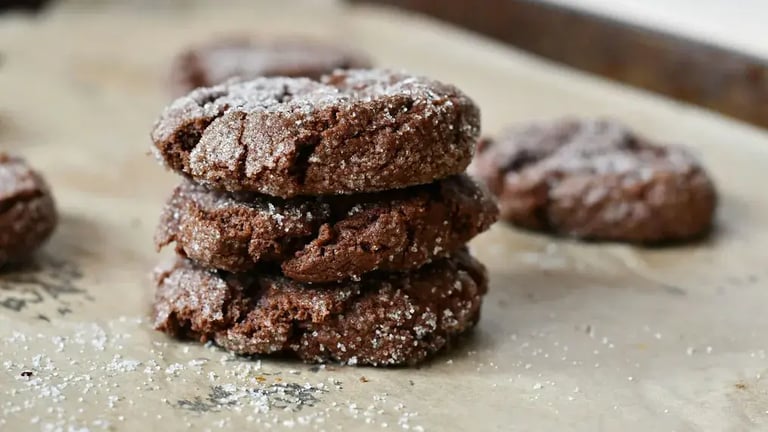
There’s something magical about the contrast of textures in a cookie. The crisp outer edge gives way to a soft, chewy center. It’s the holy grail of baking, especially when you’re making chocolate chip cookies with cocoa. But achieving that perfect bite is more science than luck. Whether you’re a home baker or a cookie connoisseur, understanding how ingredients and techniques work together can help you consistently bake cookies with the perfect texture.
The butter
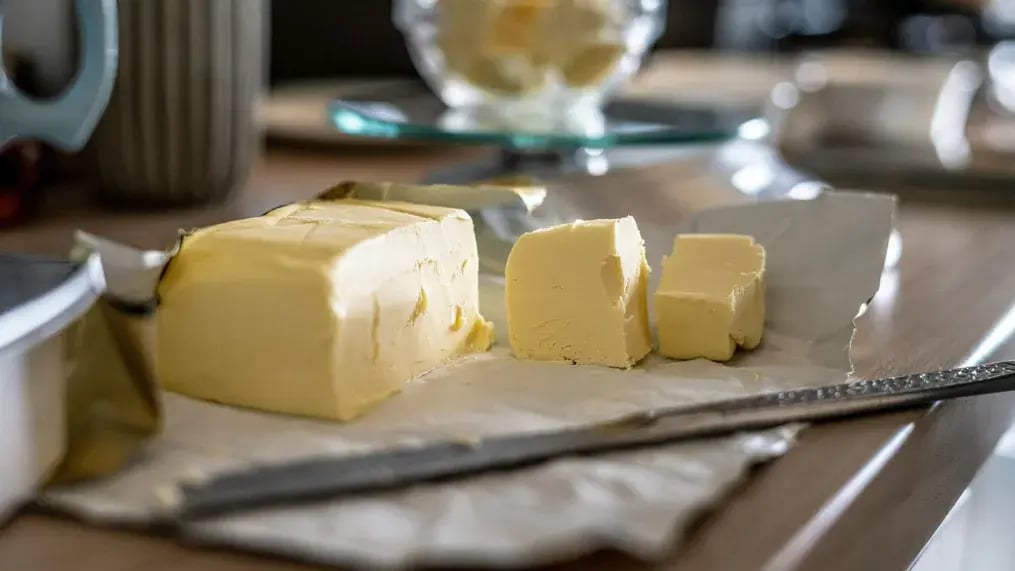
The type and state of butter you use makes a huge difference. For a chewy center, you want to start with melted butter. Because melted butter increases spread, creating a denser center as it cools and sets. On the flip side, room temperature butter, which is soft but not melted, helps create structure, which can contribute to crispier edges. For the best results, try using half melted and half room temperature butter. This combination gives enough spread for chewiness while supporting a firm edge.
The sugar
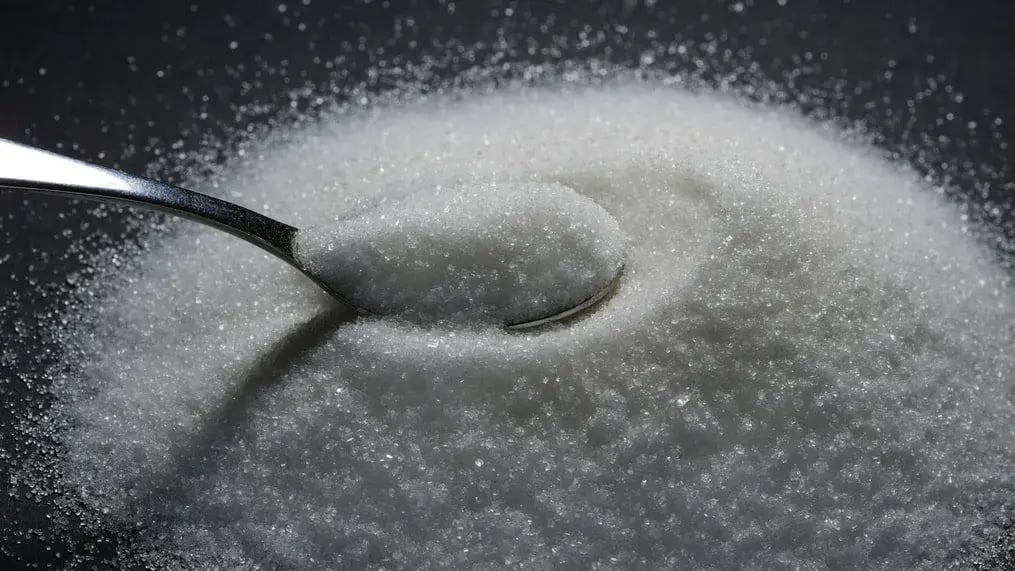
Sugar isn't just about sweetness, it's about moisture, texture, and spread. Brown sugar, especially dark brown sugar, contains molasses, which adds moisture and chewiness. The molasses keeps the center soft and gooey even after the cookie cools. White sugar contributes to crispness. It caramelizes during baking, especially around the edges, helping them turn golden and crunchy. A good ratio to start with is 2 parts brown sugar to 1 part white sugar. This leans into chewiness while still supporting crispy borders.
The eggs
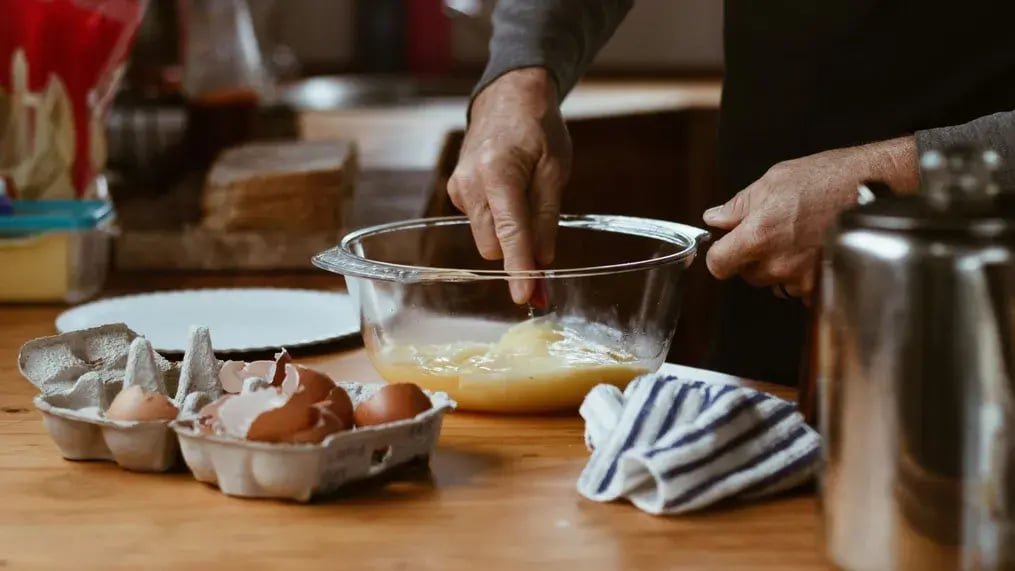
Eggs are moisture holders and structure builders. If you want a chewier cookie, use one whole egg and one egg yolk. Yolks are rich in fat and moisture, which adds tenderness and chew. Whites, on the other hand, firm up more and contribute to a cakier or crispier finish. By omitting the second egg white and replacing it with just the yolk, you increase fat without increasing water content, helping maintain that chewy interior.
The flour
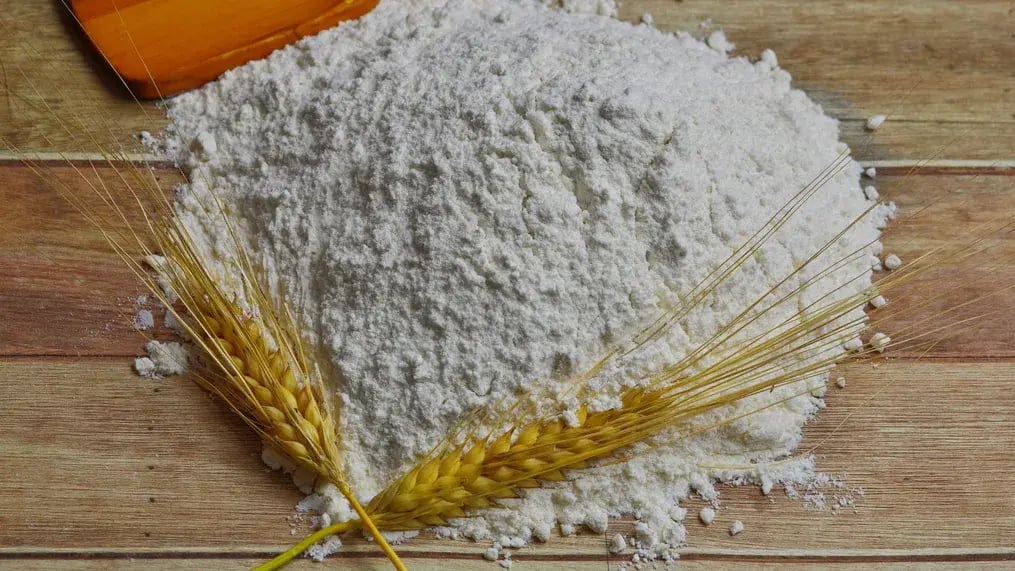
All purpose flour is your best bet, but be mindful of how much you use. Too much flour and your cookies won’t spread enough, becoming cakey instead. Weighing your flour instead of scooping it prevents excess and keeps your ratios correct. When mixing, do not overmix once you add the flour. Overmixing develops gluten, which leads to tough, rubbery cookies. Mix just until everything is combined, and remember that stray streaks of flour are better than an overworked dough.
The baking soda and baking powder
Baking soda is a must for chewy cookies. It reacts with acidic ingredients like brown sugar or cocoa powder and helps with spreading and browning. Baking powder adds lift and airiness, which leads to a puffier cookie. Stick with baking soda only for a spread out, chewy centered cookie with crispy edges.
Chilling the dough
Chilling your cookie dough helps solidify the fats and hydrate the flour, which gives the cookies a thicker, more textured chew. A minimum of 30 minutes in the fridge can make a noticeable difference, but overnight is ideal. Chilled dough spreads less during baking, allowing the edges to set while the center stays soft. It also deepens the flavor, especially in cocoa based recipes.
The size
The size of your cookie affects the texture. Larger dough balls, made up of about 3 tablespoons, take longer to bake, which allows the edges to firm up while the middle stays soft. Shaping the dough into tall mounds instead of flat balls helps control spread and promotes chewiness. You can also try pressing a few extra chocolate chips or flakes of sea salt on top right before baking for extra contrast in flavor and presentation.
The baking
Bake your cookies at a higher temperature like 375°F or 190°C, instead of the usual 350°F. The higher heat sets the edges quickly while leaving the middle slightly underbaked, which leads to a chewy center once cooled. Keep a close eye and bake for about 10 minutes, pulling them out just when the edges are golden but the center still looks a little soft. Residual heat will finish the baking as the cookies cool on the tray.
The cooling
Once your cookies are out of the oven, rest on the baking sheet for 10 minutes. This lets them firm up enough to hold their shape while the center finishes cooking. Then transfer them to a wire rack to cool completely. Cooling on the tray helps lock in that perfect combination of crispy outer edge and gooey inside.
Like This Article?
More Like This
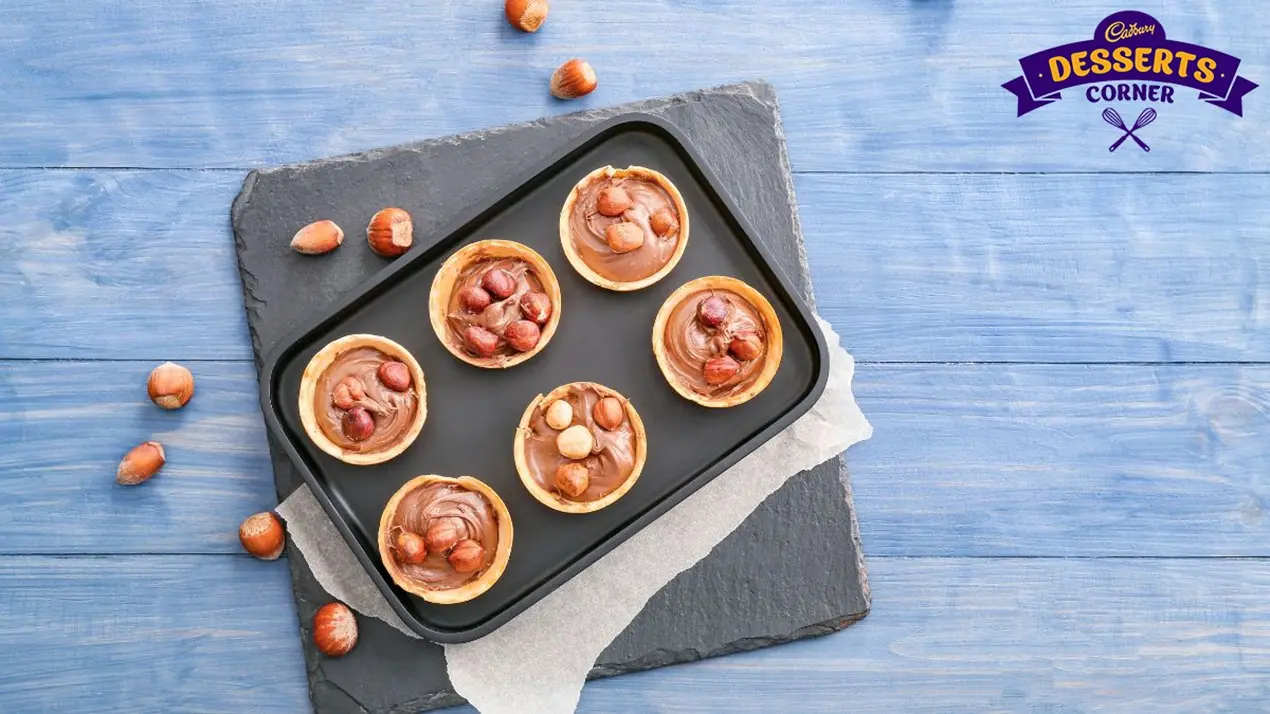
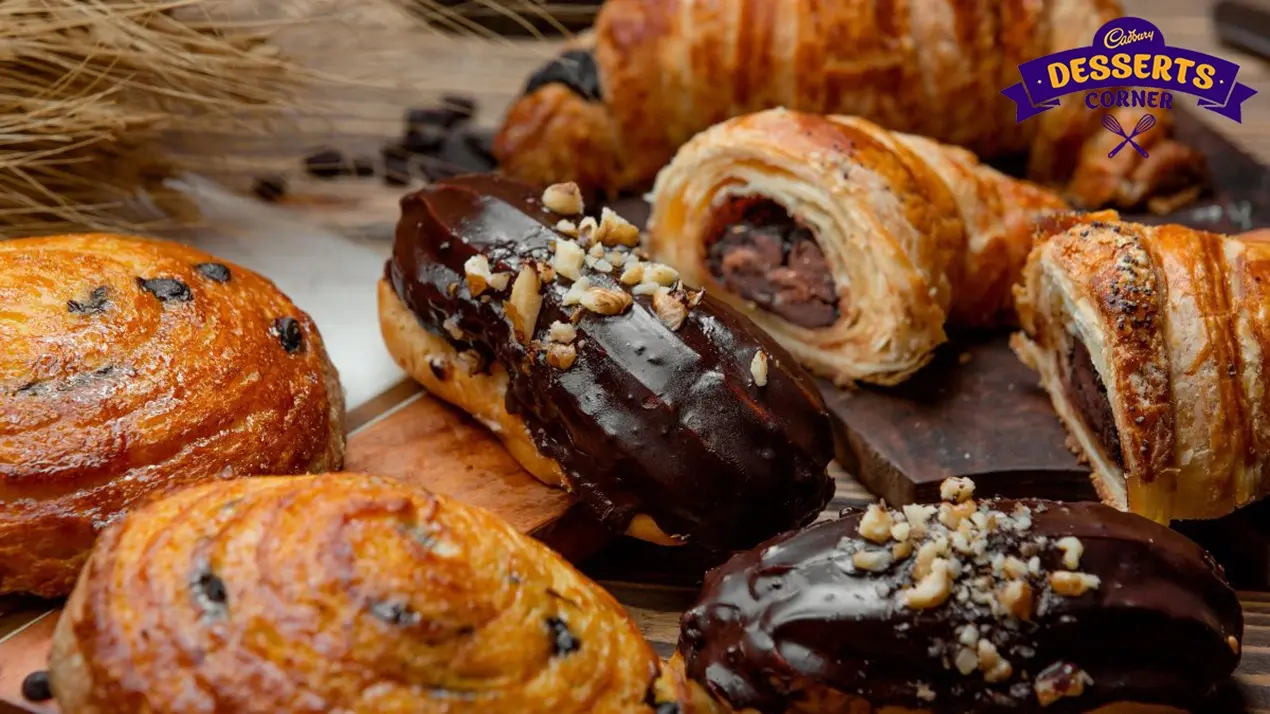

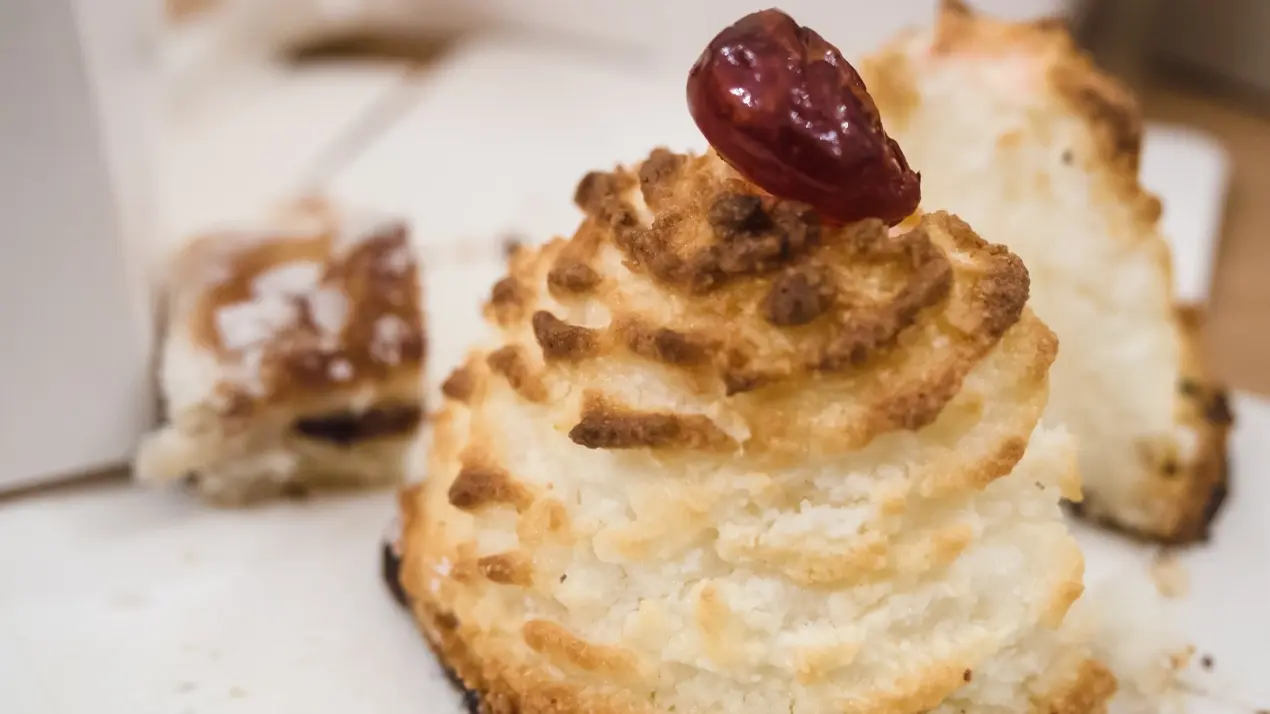
Popular Articles





Trending Web Stories
Curated Recipes


















